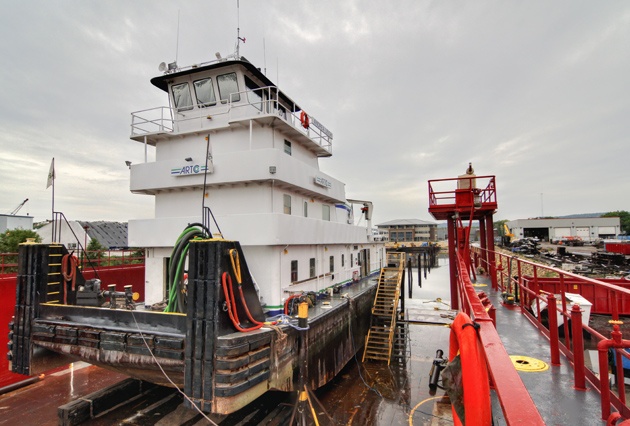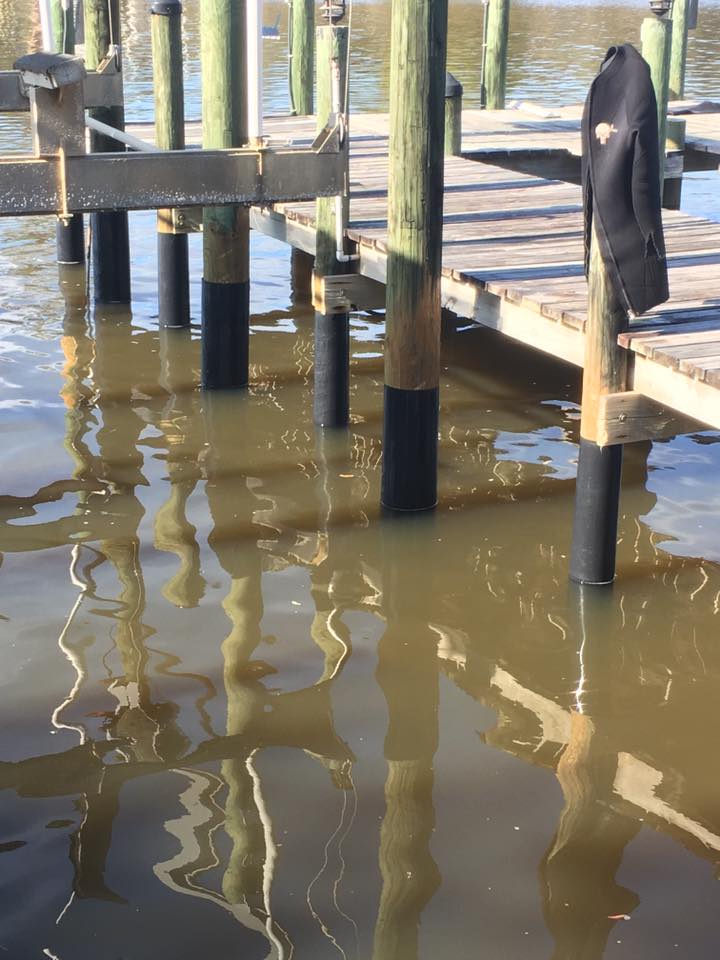Effective Dock Fixing Techniques: Making Sure Structural Integrity
Making sure the architectural integrity of anchors with effective repair work techniques is vital for the longevity and security of aquatic facilities. Ultimately, selecting the ideal repair service materials, such as composite materials and corrosion-resistant alloys, is critical for sturdiness.
Analyzing Dock Damage
Evaluating dock damages is a vital primary step in making sure the architectural integrity and security of any kind of docking center. This initial examination entails a thorough evaluation to determine both noticeable and hidden problems. Key facets to take a look at include the dock's foundation, pilings, outdoor decking, and equipment. Each component should be inspected for indications of wear, rot, rust, or various other kinds of destruction that could compromise the structural integrity.
Architectural designers or certified examiners commonly execute these evaluations making use of specialized methods and devices. For example, underwater examinations might use finder devices or from another location operated vehicles (ROVs) to spot submerged damages. Above water, aesthetic assessments are matched by utilizing dampness meters and various other diagnostic devices to reveal underlying problems not right away visible to the nude eye.

Picking Repair Products
Selecting the suitable repair materials is a critical step in the dock reconstruction procedure, one that straight affects the long life and efficiency of the repaired structure. Product selection need to be driven by aspects such as ecological conditions, load-bearing demands, and compatibility with existing dock parts. As an example, wood is a conventional selection for docks because of its natural resilience and visual allure. Nevertheless, picking the best kind of wood, such as pressure-treated lumber or naturally rot-resistant varieties like cedar or teak, is critical to stand up to aquatic atmospheres.
Along with wood, composite materials are increasingly prominent because of their sturdiness and low maintenance needs. Compounds, commonly made from a mix of plastic and wood fibers, offer exceptional resistance to rot, pests, and UV damage. For metal docks, choosing corrosion-resistant alloys such as galvanized steel or marine-grade aluminum is necessary to prevent corrosion and make certain structural stability in saline water conditions.
Epoxy resins and marine-grade sealers are crucial for repairing fractures and sealing joints, supplying a water resistant barrier and boosting the dock's total strength. By diligently picking top quality materials, dock repair services can achieve resilient outcomes, thus safeguarding against future destruction and guaranteeing safe, trustworthy use.
Structural Reinforcement Techniques
Efficient architectural reinforcement techniques are important in making certain the security and durability of dock repair services. This technique is especially effective for docks revealed to hefty tons or severe environmental problems.
One more important technique is the application of fiber-reinforced polymers (FRP) These products supply high strength-to-weight ratios and outstanding resistance to corrosion, making them ideal for enhancing concrete or wooden anchors. FRP can be used in sheets weblink or strips and adhered with epoxy materials to enhance architectural stability.
Bracing and securing systems likewise play a critical duty in structural reinforcement. Cross-bracing, utilizing metal or wood light beams, can counteract side forces, reducing persuading and movement. Securing systems, such as helical piers or driven piles, give a stable structure by transferring loads to much deeper, more secure soil layers.
Finally, the integration of load-distribution plates can aid distribute weight extra uniformly throughout the dock's surface, mitigating localized stress points. These strategies collectively make certain that docks stay risk-free and robust, qualified of standing up to the roughness of their operational setting.
Advanced Repair Techniques

One more sophisticated method includes underwater welding, which permits repair services to be carried out without the demand to dewater the location. This technique is especially helpful for resolving architectural concerns in immersed dock components, ensuring minimal disruption to operations. Improved welding methods, combined with robotic systems, provide accuracy and reliability, thereby extending the life-span of the dock.
In addition, cathodic security systems are carried out to prevent deterioration in metal dock structures. By using sacrificial anodes or impressed existing systems, these methods efficiently mitigate the electrochemical procedures that cause material wear and tear.
Lastly, progressed tracking innovations, such as structural wellness tracking (SHM) systems, provide real-time information on the condition of dock frameworks. These systems allow aggressive maintenance and prompt treatments, ultimately making certain the long-lasting structural stability of the dock.
Maintenance and Avoidance
Maintenance and avoidance are fundamental principles that underpin the durability and safety of dock frameworks. Regular inspections are extremely important, enabling for early discovery of wear and tear, prospective weak points, and environmental influences. A positive approach, including routine checks for corrosion, rot, and architectural shifts, minimizes costly fixings and extends the dock's functional life.
Preventive procedures should include using protective layers to metal parts to defend against rust and utilizing cured wood to withstand degeneration. In addition, guaranteeing appropriate water drainage and ventilation can avoid water buildup, which is a common cause of architectural destruction. Incorporating quality materials and sticking to supplier standards during construction and repair service stages also play vital duties in boosting durability.

Educating workers in dock maintenance best techniques makes certain constant application of safety nets. Leveraging technological advances, such as drones for inspections and sensing units for real-time monitoring, can further boost maintenance efforts. By browse around this web-site focusing on maintenance and prevention, dock proprietors can make sure structural honesty, functional safety, and cost-effective monitoring over the dock's life expectancy.
Conclusion
Finally, preserving the architectural stability of marine centers necessitates thorough dock repair work strategies. Complete evaluations using sophisticated tools discover both visible and hid problems, while the selection of ideal repair work products enhances longevity. Carrying out architectural reinforcement approaches addresses tension factors efficiently. Advanced repair service techniques, paired with normal upkeep techniques, guarantee the dock continues to be functional and safe under diverse ecological problems. Adopting these methods significantly extends the life-span and functionality of marine framework.
Ensuring the structural integrity of docks with efficient repair work methods is extremely important for the long life and safety and security of aquatic centers.Picking the ideal fixing products is a pivotal action in the dock restoration procedure, one that straight influences the longevity and performance of the repaired structure.Effective structural support strategies are essential in ensuring the security and long life of dock repair services. By focusing on maintenance and prevention, dock owners can make certain architectural stability, operational safety, and cost-effective monitoring over the dock's life-span.
In final thought, maintaining the architectural honesty of marine facilities necessitates thorough dock fixing methods.